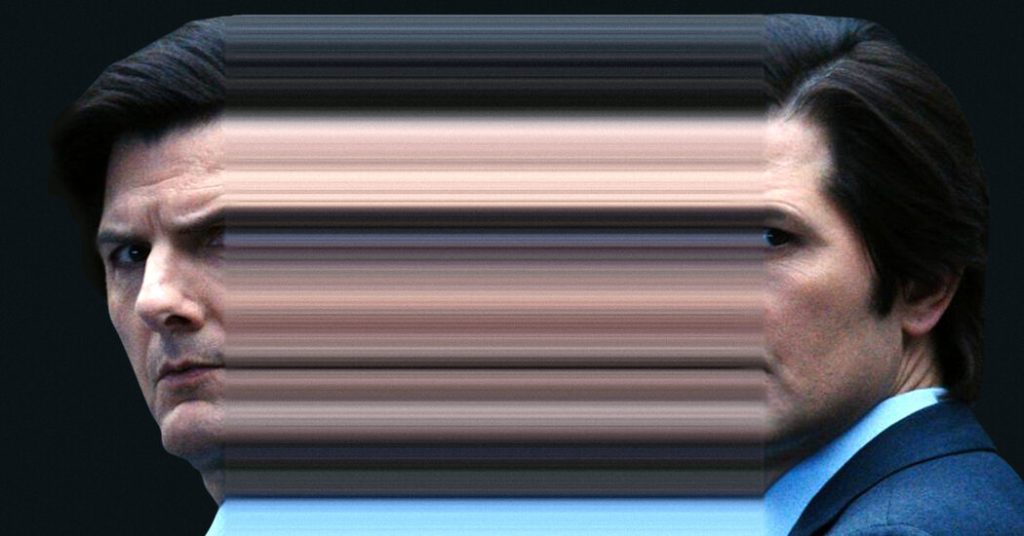The Conclusion of “Severance” Season Two: As the second season of “Severance,” the wildly imaginative series on Apple TV+, wraps up, devoted fans may experience a lingering sense of discomfort. The series touches on various themes such as work, grief, and extravagant cut-fruit buffets. However, this season particularly delved into the disconcerting idea that even those we love and trust most might harbor intentions that could harm us.
Paranoia and Distrust in Contemporary Society: We are currently living in a climate of significant paranoia, where a pervasive sense of distrust is evident in our streets, polling booths, and screens. While spy movies and thrillers featuring secret identities have existed for ages, the recent wave, including “Severance,” specifically captures a unique anxiety: the unsettling belief that we may never truly know anyone, even ourselves.
Character Duality in “Severance”: “Severance” focuses on a group of employees at a secretive company whose consciousness has been divided into two identities: “innies,” who represent them at work, and “outies,” who are their personas outside of work. The first season provided an absurdist take on work-life balance — with oblivious outies while their innies languished in a sterile office. The second season expanded its exploration to examine how people are often not as they seem or claim to be.
Intricacies of Relationships: Some innies were secretly outies, and vice versa, leading to complex interactions. One plot line involved a woman who had an affair with her husband’s innie. A significant reveal this season is when Mark S., the main character, discovers that a woman he believed to be his office crush is actually the malevolent future leader of the company, sharing the same body due to the show’s unique premise.
Cultural Reflection of Distrust: This narrative mirrors our national landscape, where we find ourselves grappling with a divided reality. Every upcoming election draws our gaze across partisan lines, prompting us to question the identities and motivations of others. We harbor distrust, often realizing we didn’t truly know even our seemingly amicable neighbors or political figures.
The Power of Entertainment Mirrors Societal Anxieties: This unsettling realization — where individuals who presumed they shared common goals now exist in drastically different realities — lacks immediate political solutions. Amid this difficulty, there is a certain fascination and comfort in observing these anxieties reflected in our entertainment.
Paranoid Thrillers of the Past and Present: The 1970s also witnessed a surge of paranoid thrillers, with films like “The Parallax View” and “The Conversation.” Such movies often reflected the fears of their time, depicting sprawling conspiracies among the elites. Today, the threat isn’t merely a hidden conspiracy; it’s the people in our day-to-day lives — colleagues, neighbors, and family.
Cynicism and Suspicion in Society: Society may have grown too cynical to be thrilled by rumors of corruption at the highest levels, as we are often busy debating conspiracies online. The deluge of theories has made us doubt even our personal realities, leading us to question everything.
Historical Context of Paranoia: Reminiscent of the McCarthy era, when paranoid thrillers turned their focus on citizens, our current political climate evokes similar suspicions among the populace. Trust was restored in that era only when prominent figures actively denounced the misuse of cultural distrust for political gain.
Future of Trust and Integration: In “Severance,” the journey toward reintegration — uniting split identities into a coherent self — is portrayed as a painful yet essential process. However, envisioning such a reconciliation in our reality feels elusive. For now, we remain suspicious of one another while engrossed in our weekend entertainment, contemplating whether we have been paranoid enough all along.



